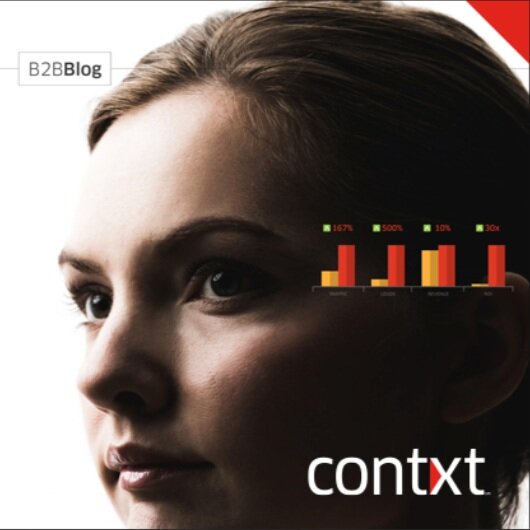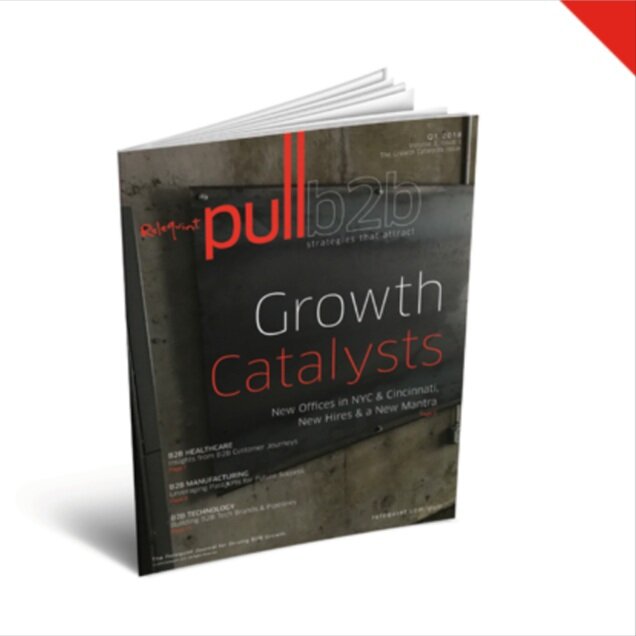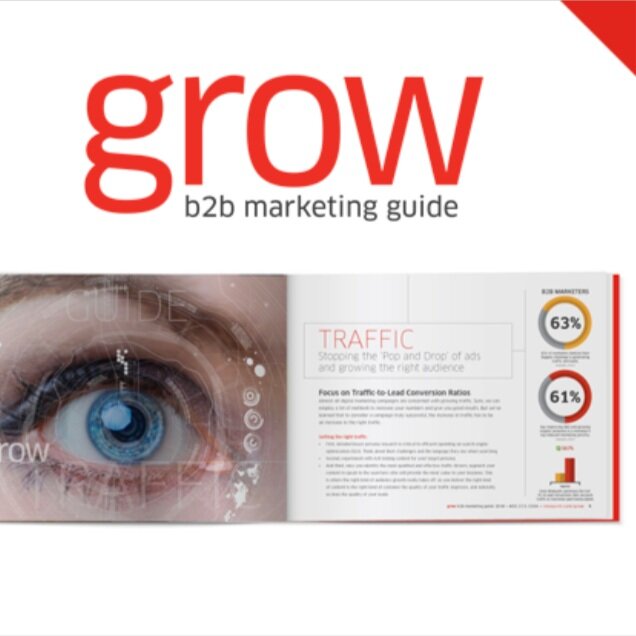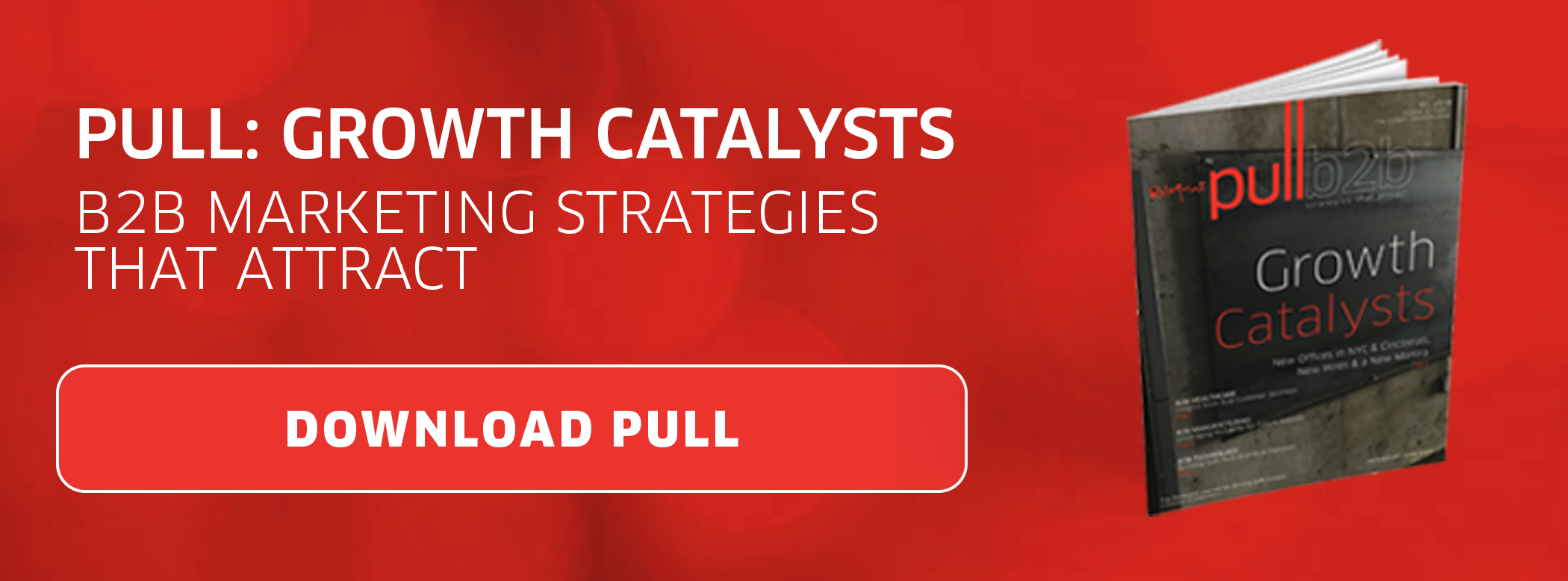 All journeys require good navigation to reach the desired destination. When it comes to B2B websites, you can take a page from the context marketing handbook and apply what you know about the buyer's journey to improve website navigation for both your visitors and search engines.
All journeys require good navigation to reach the desired destination. When it comes to B2B websites, you can take a page from the context marketing handbook and apply what you know about the buyer's journey to improve website navigation for both your visitors and search engines.
Context marketing usually refers to gathering behavior data from a single contact and applying that knowledge to creating a personalized experience for that user. You can also use context to provide prospects with a better user experience overall while still giving search engines the fuel they need to keep your website at the top of the search results.
Here’s how to use context to guide your prospects through the buyer’s journey.
1. Start With Primary Navigation
Your visitors are expecting to see a row of common navigation links such as Home, About and Contact Us at the top of each page on your site. Trying to be too clever or unconventional might frustrate your visitors and result in them leaving your site. Plus, including these links on every page helps search engines recognize that they’re more important than other pages on your site.
If you want to boost the effectiveness of your navigation bar while still meeting your prospects’ expectations, add a bit of context:
- Branding. Your primary navigation should be consistent from page to page and act as a unifying element. The actual content of your pages will vary, but be sure to hit all your branding points in your top navigation area including colors, fonts and your company logo.
- Language. Use simple words such as Shop, Buy, Services, Products. Remember the B2B buyer's journey here and use words that clearly provide navigational options rather than clever wording. Visitors don't want to have to click to find out whether the page is what they're looking for.
2. Improve Internal Linking
Internal linking, whether it's from pop-ups and CTAs or phrases in a blog post, is as important to your readers as it is to search engines. You're probably already familiar with how important an optimized CTA is, so we'll take a look at some of the less-obvious areas to improve.
Most B2B websites have a silo or vertical effect in their navigation: a main page that links to a few category pages, and from there down to several more specific pages. Horizontally linking these pages — or linking pages from one category to another — serves two purposes. First, it helps search engine crawlers get to more of your pages which is good for SEO. Second, it helps browsing visitors discover new things that they may not have otherwise found.
Context is important to keep in mind here, as you don't want to link pages just for the sake of linking them. Instead, choose pages that have some connection to one another and use meaningful anchor text to secure the link. It's usually easy enough to find content marketing pieces like blogs to link together, but don't forget to link up your content marketing pages with product and service pages, too.
3. Consider a Search Box
Often considered the opposite of navigation, a search bar is helpful for two different types of visitors. The first is someone who goes to your site knowing exactly what he or she's looking for and wants to find it quickly. Visitors in this group are often in the later steps of the buyer's journey and are close to converting. By understanding that context, it's easy to see why they should have a shortcut.
The second has navigated parts of your site already and is looking for an "escape hatch" for times when they feel lost or stuck in your navigation. This behavior could indicate that your navigation is lacking. Analyze this search behavior on your site to uncover which navigation paths need improvement.
Whatever you to do improve your website navigation, always look for ways that you can provide context to make the user experience intuitive, helpful and relevant for your prospects — and provide the quickest and easiest route for their journey. ![]()







 By
By 
